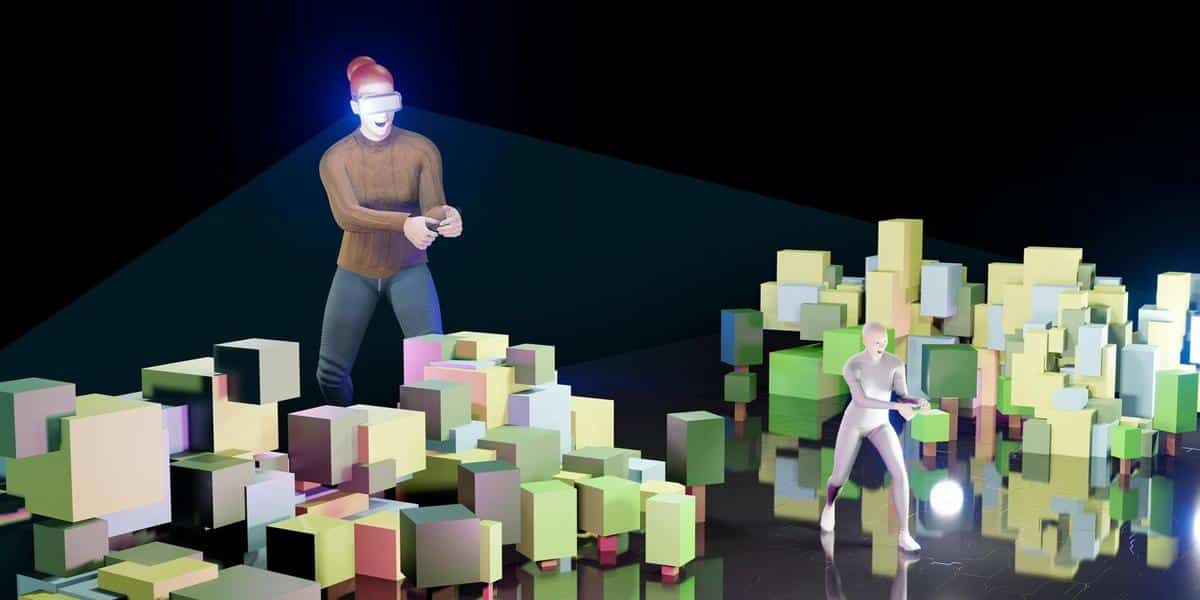
NFTs: Redefining Digital Ownership and Art
Imagine owning a unique piece of digital art that cannot be replicated or duplicated, much like a rare painting in an art collector’s gallery. This is the promise of NFTs, or Non-Fungible Tokens, which are revolutionizing the way we perceive digital ownership and art.
Understanding NFTs
Non-Fungible Tokens (NFTs) are cryptographic assets on blockchain with unique identification codes and metadata that distinguish them from each other. Unlike cryptocurrencies such as Bitcoin or Ethereum, NFTs are not mutually interchangeable, making them unique by nature.
Expert Insights
According to blockchain expert, Alex Atallah, NFTs represent a paradigm shift in how we interact with digital content. ‘They allow for true ownership of digital goods, something that was previously impossible,’ Atallah notes. This shift is empowering artists and creators by providing them with new ways to monetize their work.
Market Growth and Statistics
The NFT market has seen exponential growth, with a market cap reaching billions of dollars in 2021. A report by DappRadar indicated that NFT sales volume hit $10.7 billion in the third quarter of 2021 alone, showcasing the rising interest and investment in this space.
Artists’ New Canvas
Take the story of digital artist Beeple, who sold an NFT artwork for $69 million, as an example. This sale not only demonstrated the potential financial rewards but also highlighted the accessibility of NFTs for artists looking to reach global audiences.
Getting Started with NFTs
- Research and understand the different platforms available for buying and selling NFTs.
- Consider using established marketplaces like OpenSea or Rarible.
- Ensure you have a secure digital wallet that supports NFTs.
Before investing in NFTs, familiarize yourself with the concept of ‘gas fees,’ which are transaction costs associated with the Ethereum blockchain. These can affect the overall cost and profitability of NFT transactions.
Comparing NFTs to Traditional Art
| Aspect | NFTs | Traditional Art |
|---|---|---|
| Ownership | Blockchain verified | Physical possession |
| Transferability | Instant, global | Requires shipping |
| Replicability | Impossible to duplicate | Possible to forge |
| Market Access | Global online platforms | Limited to galleries/auctions |
| Investment Potential | High volatility | Stable but slower appreciation |
| Creator Royalties | Automated via smart contracts | Dependent on sale agreements |
| Environmental Impact | High energy consumption | Minimal |
| Security | Secured by blockchain | Physical security measures needed |
Frequently Asked Questions
What makes NFTs valuable?
Their uniqueness, scarcity, and the ability to establish ownership of digital content drive their value.
Are NFTs a good investment?
Like all investments, NFTs carry risks. Their value can be volatile, so thorough research and understanding of the market are essential.
How do I create an NFT?
To create an NFT, choose a blockchain platform, set up a digital wallet, and mint your digital content on an NFT marketplace.
Conclusion
NFTs are redefining digital ownership and art, providing artists and creators with new opportunities and challenges. As the market continues to evolve, staying informed and cautious is key to navigating this dynamic space. Whether you’re an artist, collector, or investor, NFTs offer a unique way to engage with digital content in a meaningful way.